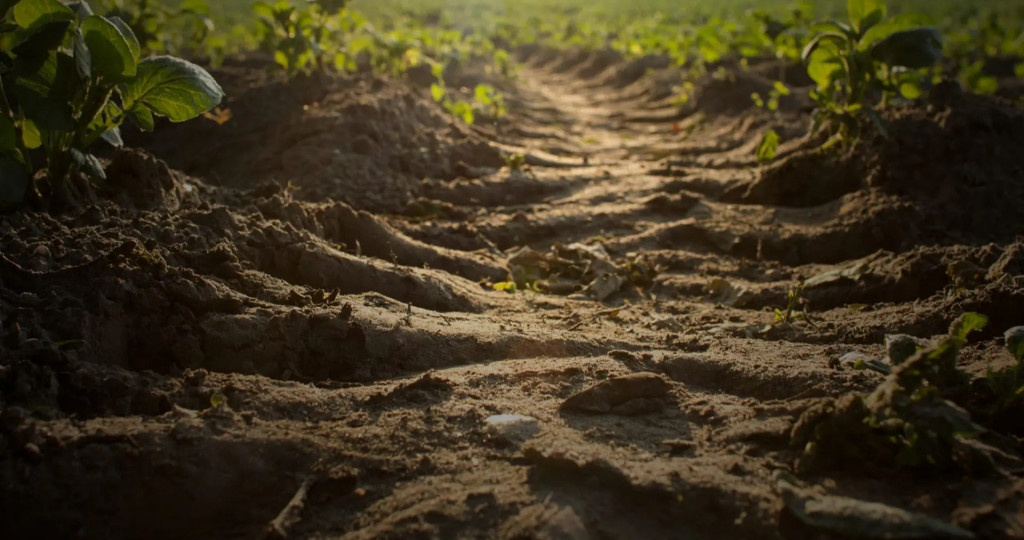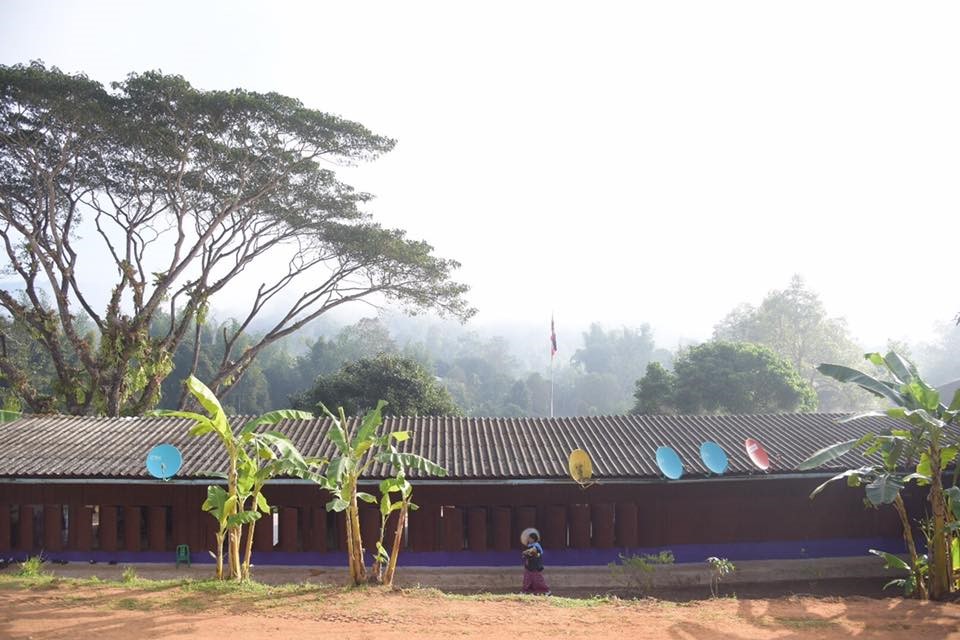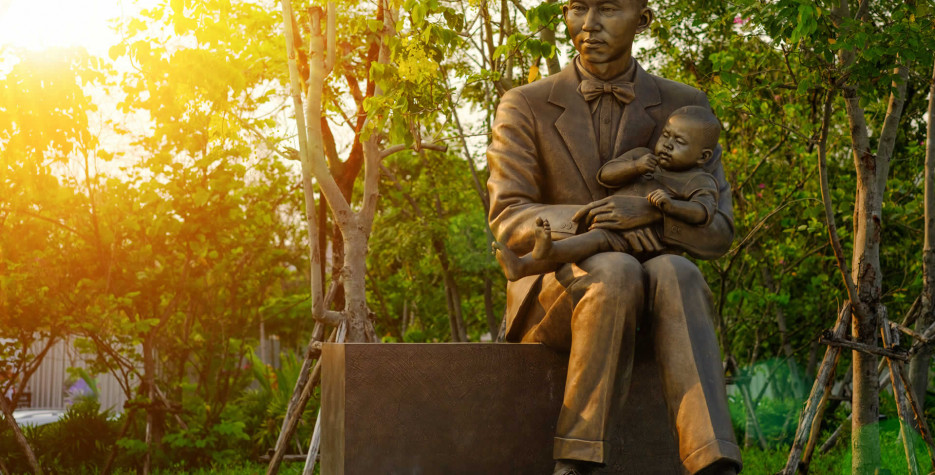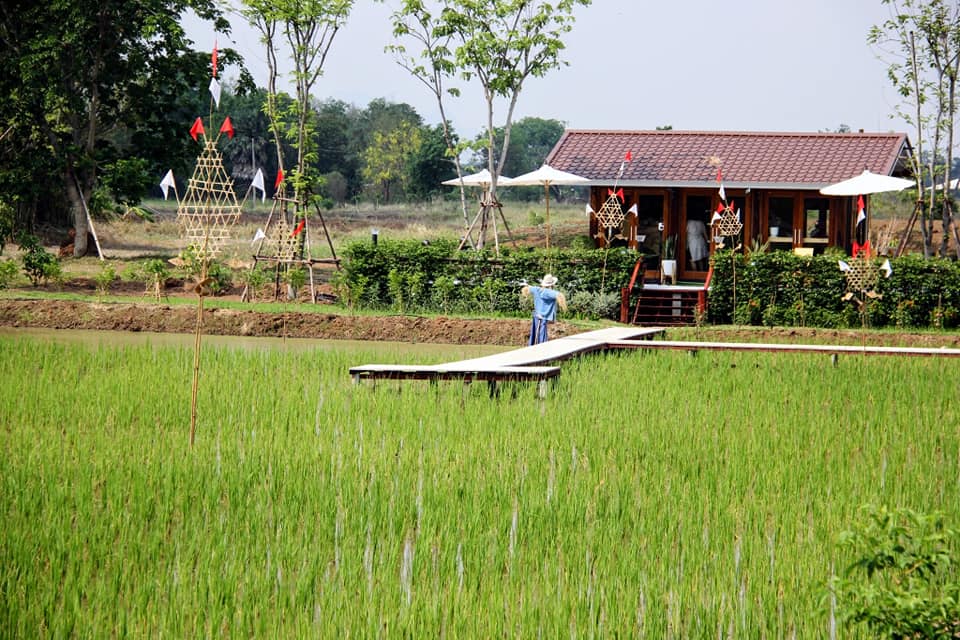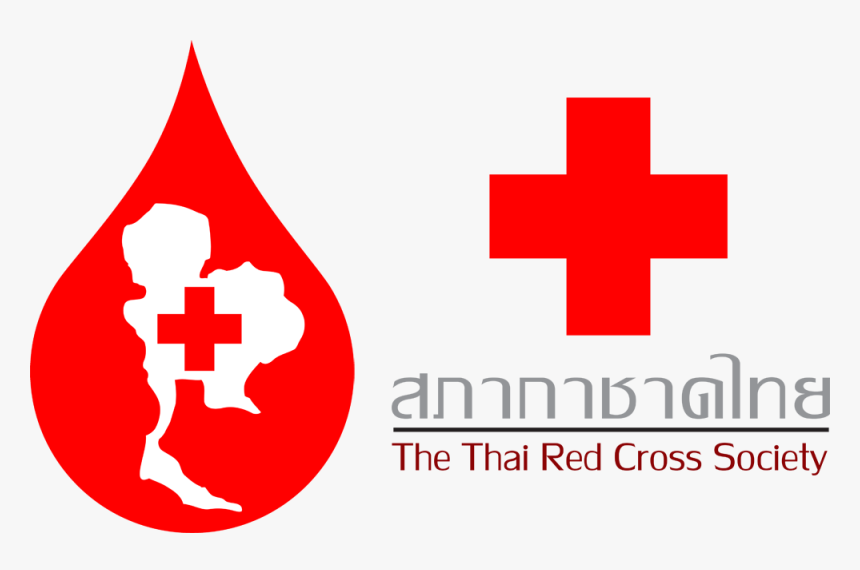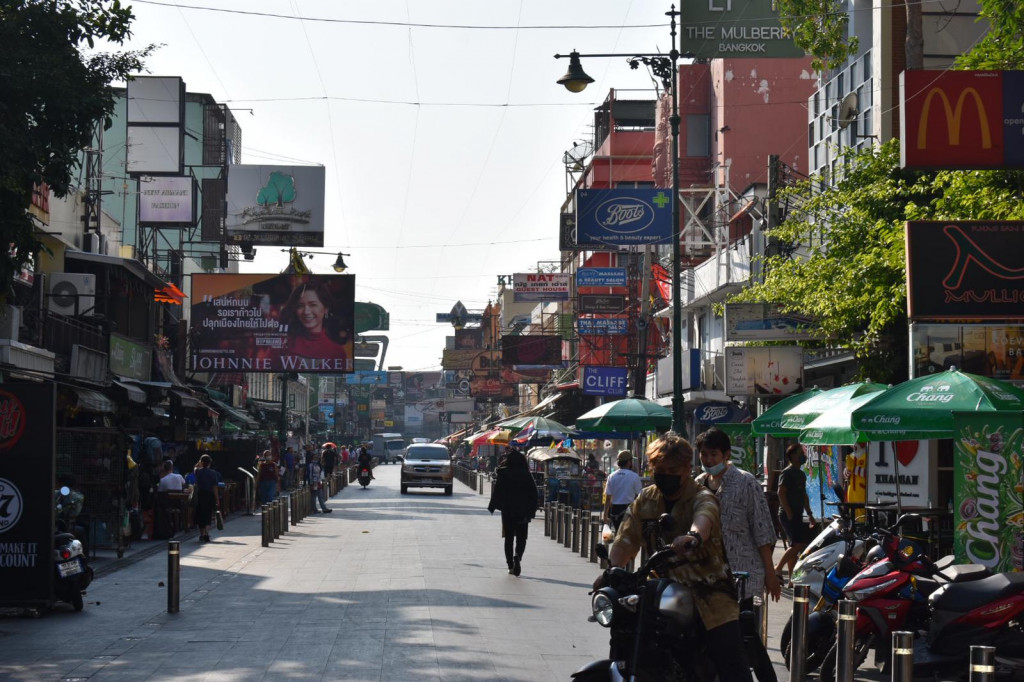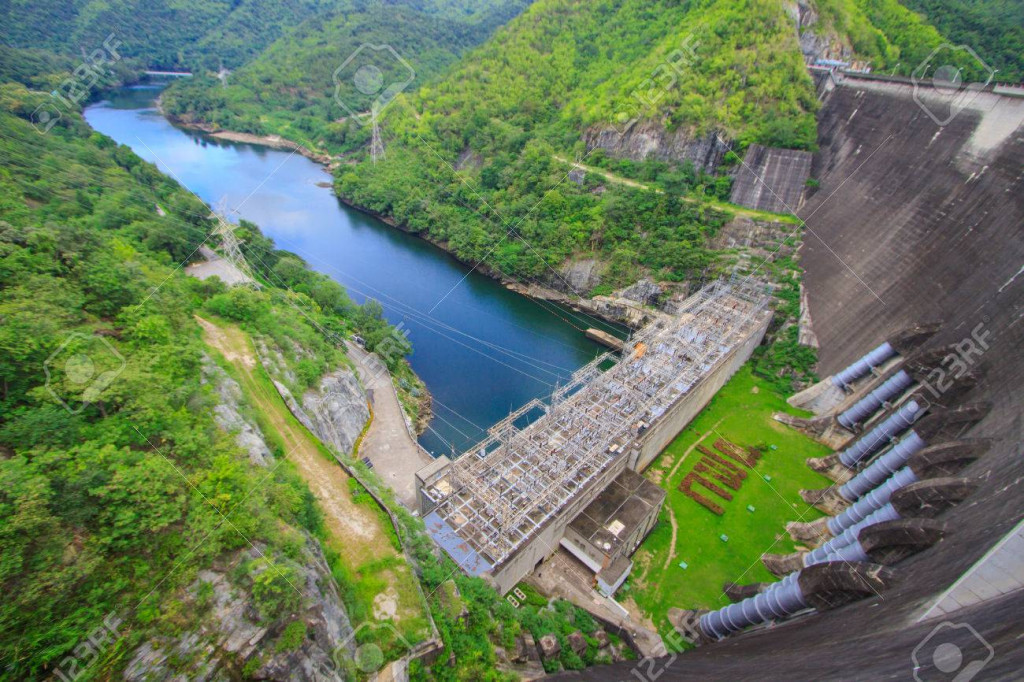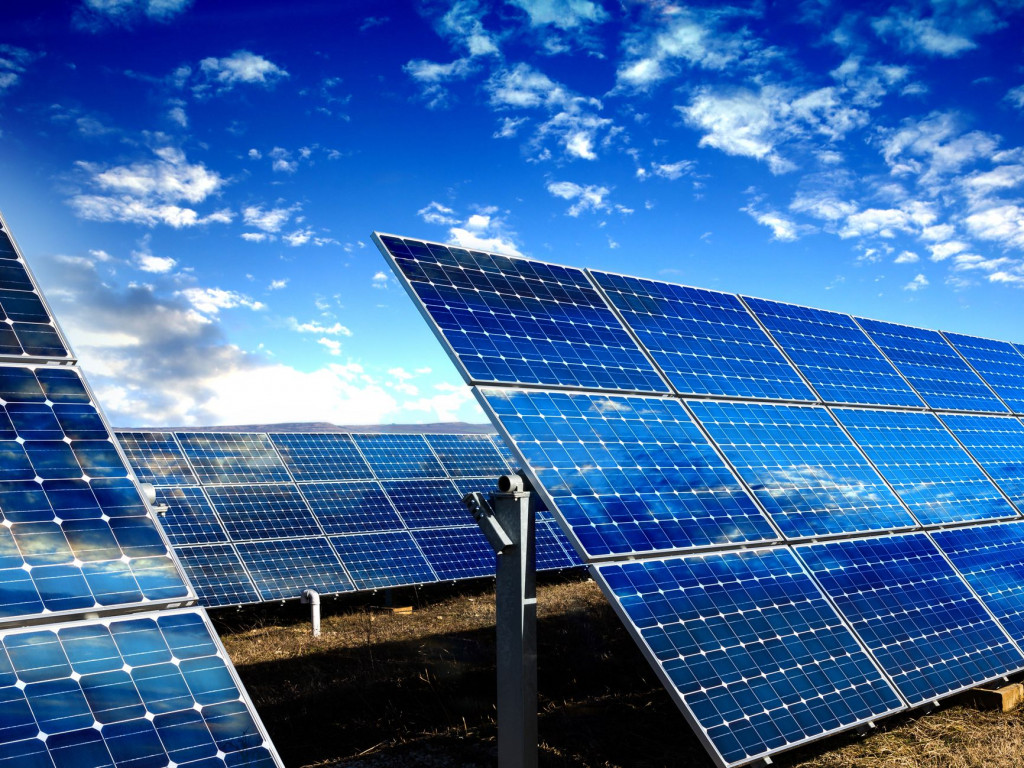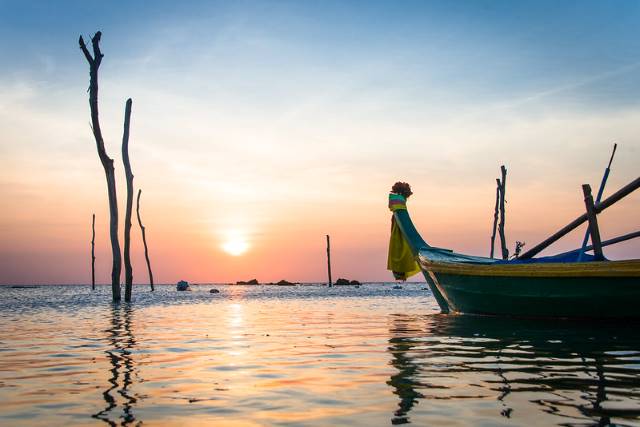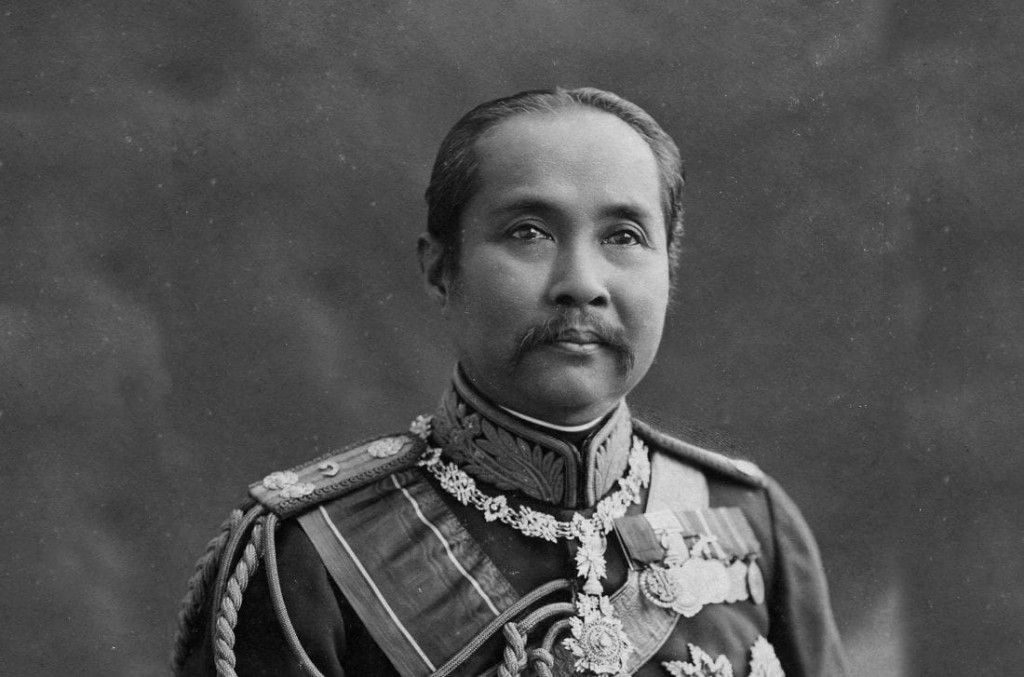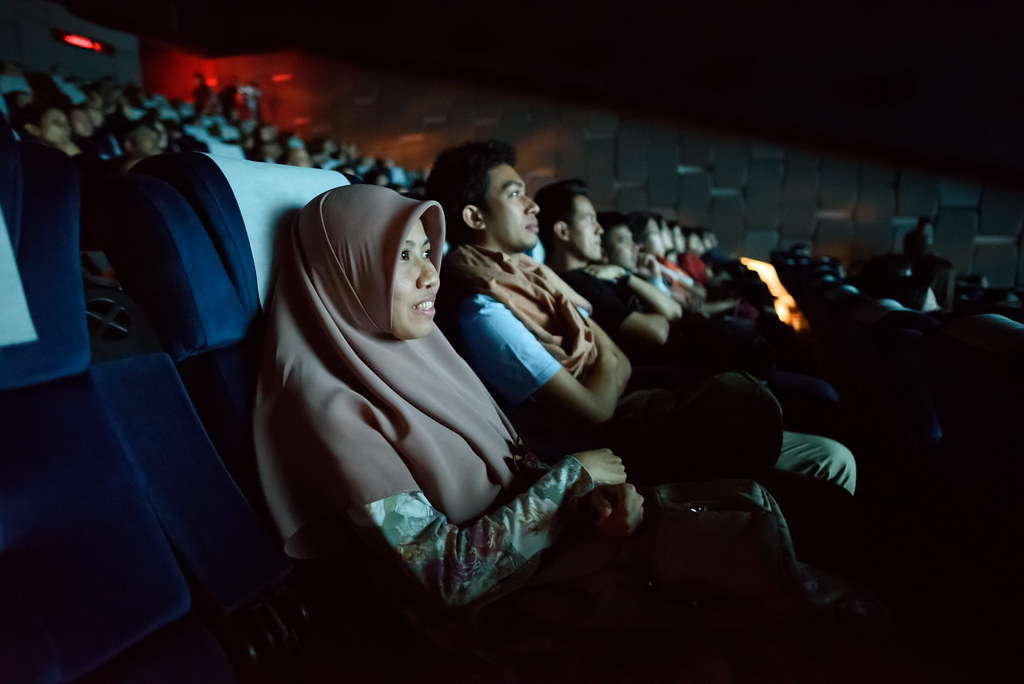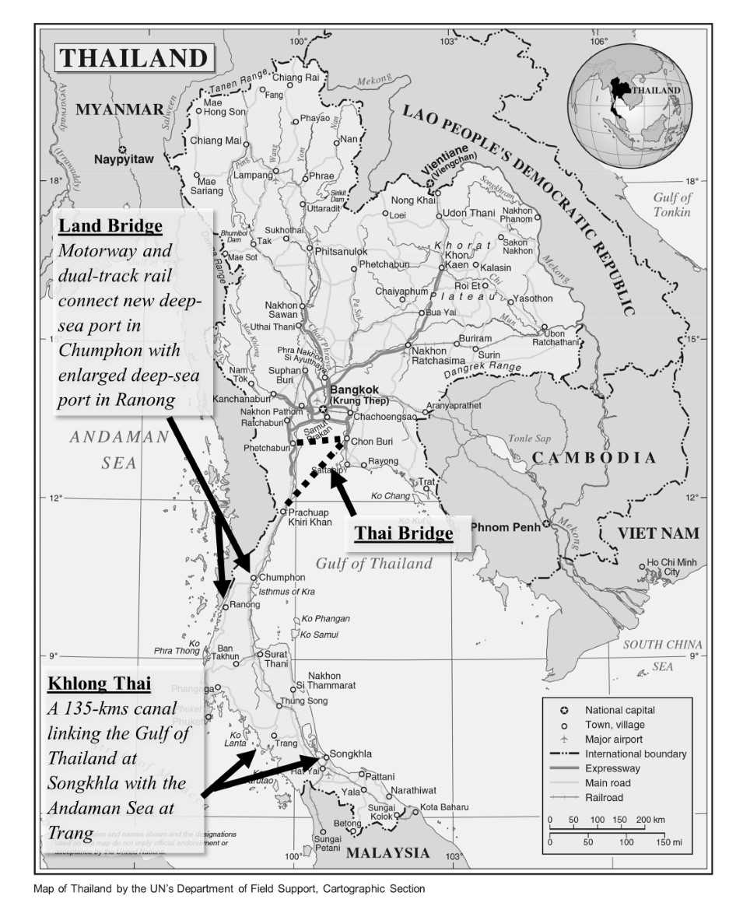By Dr. Apichart Jongskul
In December of 2013, the United Nations designated December 5th as World Soil Day.
For those of us who may not be immediately familiar with the significance of soil, it may be a wonder why countries around the world would commit to a day to recognize and celebrate something there seems to be no shortage of in the world today.
In fact, it is a simple matter of quality over quantity.
The rate at which soil is becoming degraded and depleted could very well turn it into the new black gold. While soil formation does occur in nature, the process is so slow that soil may as well be regarded as a non-renewable resource. Consider this – it takes up to 1,000 years to form one centimeter of top soil, but this one centimeter can be lost with just one heavy rainfall. It should not come as a surprise then, that the United Nations has been raising the alarm bells of an impending catastrophe. Ninety per cent of the Earth’s precious topsoil is likely to be at risk by 2050. By that year, the impact of soil degradation could have already caused $23 trillion in losses of food, ecosystem services and income worldwide. These are staggering figures.
Soil erosion in the Tanzanian Maasai landscape
Source: University of Plymouth/Carey Marks, United Nations website
Yet, many people still hold the false perception that there is an infinite supply of arable soil, and few realize how precious it really is. While the land beneath our feet provides for 95 per cent of our food, the significance of soil spans over and above agriculture.
Soil is the habitat for over a quarter of the planet’s biodiversity. Each gram of soil contains millions of cells of microbes and fungi, making it one of nature’s most complex ecosystems. Soils are also home to many other organisms like insects that lay and hatch eggs there.
Source: Infographic by the World Bank from the World Economic Forum website
Healthy soil is also necessary for preventing water scarcity. The majority of the world’s water – up to 97 percent – is found below. This groundwater is the result of melted snow and ice, and rain that has seeped into the soil through a process where the soils filter dust, chemicals, and other contaminants. Today, groundwater supplies are directly responsible for providing around 50% of the world’s freshwater used for human consumption. Groundwater also accounts for 40% of the water used for irrigated land, and 50% of the water used for the urban population.
What’s more, soil can help protect the planet from climate change. According to an estimate by Columbia University’s Earth Institute a few years ago, soil was found to remove about 25 percent of the world’s fossil fuel emissions each year.
Better land management and agricultural practices can enhance the ability of soils to store carbon and help combat global warming.
Indeed, the importance of maintaining and managing the quality of our soil cannot be overstated. Our food supply, clean drinking water, biodiversity and the viability of life on earth itself depends on it.
Thailand is a country with many different types of soil, some of which are good for farming and some of which are troublesome in terms of quality, physical state, and chemical composition, leading to low yields, crop failure and unprofitable returns.
Pikun Thong Development Study Centre in Narathawit province, Thailand,
which was initiated by His Majesty King Bhumibol Adulyadej The Great to serve as a model for farmers nationwide in improving the quality of soil.
Source: Thailand Tourism Directory website
His Majesty King Bhumibol Adulyadej The Great, who committed his reign to improving the standard of living for all Thais, and in particular for Thai farmers, placed a high priority on agricultural development and the study of soils. He directed Royal Initiatives towards the revitalization of soil through natural methods. Eventually, through extensive research and experimentation at Royal Project sites, practical and cost-effective solutions were found for various problem soils such as sandy soil, laterite soil, erosion-prone soil, saline soil, and acidic soil. They were solutions intended for ease of implementation by farmers.
Vetiver grass
Source: Land Development Department,,
Ministry of Agriculture and Cooperatives website
One of these methods was the use of vetiver grass, which behaves like a living wall that prevents soil erosion and retains moisture.
In 2009, His Majesty gave a Royal Speech in which He explained the value of his 17 years studying vetiver grass which revealed its many benefits:
“Some grasses may be useful in some places. The vetiver grass, on the contrary, is very useful in different landscapes not only on flat land but also in mountainous areas. Vetiver can grow in both deep and shallow soils. Vetiver roots can penetrate up to five or six meters which was never expected in grasses before. More importantly, vetiver - 4 - roots only grow vertically up to five meters without spreading horizontally. Therefore, it will not disturb the roots of the crops cultivated nearby. Some kinds of vetiver can penetrate their roots very deep – about four or five meters. Some roots are as deep as six meters. For the other grasses, their roots can also go deep in the soil but only three meters deep. The long root system of vetiver offers coverage on the ground surface which can prevent soil erosion. The soil under the covering vetiver will also be strong and can be used for anything. For example, the soils along the road bank will be protected and will not slide down the slopes of the hills. This can be seen on the road to Doi Tung. Vetiver growing on the banks of the road makes the road safe and stable. It is the miracle of the vetiver grass. Moreover, it will make tree planting along the road side feasible. In addition, the soils along the roadsides have stopped eroding which had damaged the cropland below in the past.” (translation as found in “Soul of the Thai People: The Great Philosopher in Soils, His Majesty the late King Bhumibol Adulyadej, Land Development Department, Ministry of Agriculture and Cooperatives, 2017)
In 1993, the World Bank presented His Majesty with a specially-commissioned sculpture of a vetiver plant made of bronze, together with an Award of Recognition “for technical and development accomplishment in the promotion of vetiver technology internationally.” As a leader of research in vetiver grass, Thailand was chosen to host the first International Conference on Vetiver (ICV) in 1996 in collaboration with the World Bank and the FAO. Subsequently, the Pacific Rim Vetiver Network with Thailand at the core was established to serve 22 member countries of the Pacific Rim in order to disseminate information on the Vetiver System. To date, member countries have produced over 70,000 publications which are accessible through the website administered by the Office of the Royal Development Projects Board.
Office of the Royal Development Projects Board website
FAO observed World Soil Day on December 5thin 2012 for the first time, which was also the 85th birthday of His Majesty King Bhumibol Adulyadej The Great of Thailand. Earlier that year, His Majesty the King was also honoured as the first recipient of the Humanitarian Soil Scientist award for his dedication to soil resource management. The award was presented to His Majesty by Stephen Northcliff, Chairman of the International Union of Soil Sciences (IUSS) on April 16th, 2012.
This was a decade after the IUSS first recommended an international day to celebrate soil in 2002.
Thereafter, Thailand has consistently demonstrated her leadership on soil conservation, including supporting FAO’s efforts to raise awareness on this important issue at the global level by promoting the formal establishment of World Soil Day within the framework of the Global Soil Partnership. In June 2013, the FAO Conference unanimously endorsed World Soil Day and six months later, in December, the UN General Assembly designated December 5th, 2014 as the first official World Soil Day, which has since been celebrated on an annual basis.
Since the launch of the World Soil Day in 2014, its celebration has become one of the most influential FAO communication campaigns to date, with hundreds of events held worldwide and huge social media and digital impact. The momentum gained has been spectacular, from a modest beginning of 42 events in 2014 to an impressive 781 celebrations across 125 countries in 2021. The celebration period last year also witnessed the hashtag #WorldSoilDay reaching 330 million users and was trending on December 5th.
Source: Food and Agriculture Organization of the United Nations website
In relation to World Soil Day, Thailand also sponsors the annual King Bhumibol World Soil Day Award to recognize individuals or institutions that organize impactful World Soil Day celebrations. Recipients of these awards have come from several corners of the world, namely, Bangladesh, Costa Rica, India and Nigeria.
However, despite the laudable efforts of numerous organizations, scientists, environmentalists and others who raise awareness about the importance of healthy soil, we are still not out of the danger zone. Intensive farming practices, the use of chemical fertilizers and pesticides, deforestation, industrial activity and rapid urbanization continue to aggravate the loss of soils in almost every country in the world.
Perhaps in moving ahead, we have to fine-tune the message. Changing minds is important and can happen when people are provided with information.
But intellectual understanding alone may not be enough to cause a change in behavior. We should also think about how to change hearts, that is, the way people feel about soil.
Aldo Leopold, considered by many to be the father of wildlife ecology, said that “We abuse land because we regard it as a commodity belonging to us. When we see land as a community to which we belong, we may begin to use it with love and respect.”
In this aspect, I believe that 5 December, the birthday of the late King, also has something invaluable to offer.
When the late King was born His Majesty King Prajadhipok bestowed upon the newborn the name “Bhumibol Adulyadej” and explained that the two words mean “Strength of the Land, Incomparable and Unparalleled Power”. It was recounted that at the time the Princess Mother said to His Majesty King Bhumibol Adulyadej, “In fact, your name Bhumibol means Strength of the Land as I want you to be on the ground of soil.” The late King later explained that when looking back to what his Queen Mother said, what she probably meant was that she wished for His Majesty the late King to be humble and work for His Thai subjects.
True to the blessing of his Queen Mother, His Majesty King Bhumibol Adulyadej the Great became an exemplar of humility. During Royal Visits to the countryside, the late King would often be kneeling or sitting down on the ground to listen to his people’s hardships, for hours on end. I am sure it never bothered Him to have a bit of soil on his clothes.
This year, many important activities have been organized to celebrate World Soil Day both in Thailand and abroad. On December 5th, the Ministry of Interior organized a “World Soil Day 2022” event in every province in Thailand, to raise public awareness on the importance of soil for environmental conservation and sustainable development, and to honour the work of His Majesty King Bhumibol Adulyadej The Great on soil management. On December 15th, the Permanent Mission of Thailand to the United Nations and the Permanent Mission of Namibia to the United Nations, together with the FAO and the United Nations Convention to Combat Desertification, organized a World Soil Day celebration in New York, to raise awareness on the importance of maintaining healthy ecosystems through soil health, while also recognizing farmers who are “soil heroes.”
Indeed, every one of us can have a meaningful role to play and I believe it begins with taking the time to understand and appreciate the importance of healthy soils in our lives. At the end of the day, it is my sincere hope that people around the world take inspiration from the important work that has already been done and continues to be advanced on this issue, so that we can multiply our efforts globally, to protect our soil for future generations.
* * * * *
Dr. Apichart Jongskul has been working on soil management and land development for decades and has previously served as the Director General of the Land Development Department of the Ministry of Agriculture and Cooperatives. In 2015, he became an advisor to the Chaipattana Foundation – a foundation established by His Majesty King Bhumibol Adulyadej The Great to contribute to national development – and has since assumed the position of Deputy Secretary General of the foundation from 2018 to the present.

